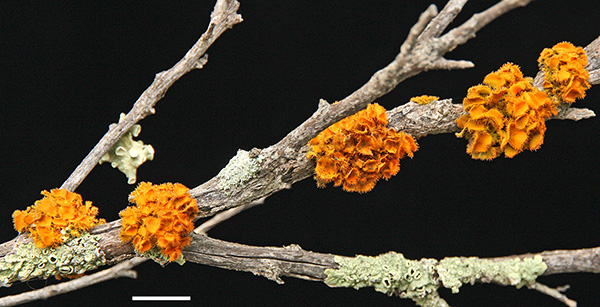
The orange lichen Teloschistes chrysophthalmus growing with other species on a dead branch. Scale bar 10 mm. Photo: J. Jarman.
Today, the State Herbarium of South Australia published Vol. 32 (2019) in the online version of Swainsona. This issue of the journal contains one large monograph on the lichens of Kangaroo Island:
Kantvilas, G. (2019). An annotated catalogue of the lichens of Kangaroo Island, South Australia. Swainsona 32: 1-97. (27.9mb PDF).
This magnum opus of Hobart-based lichenologist Gintaras Kantvilas, Head of the Tasmanian Herbarium, presents the results of over 10 years of work on the lichens of Kangaroo Island. During this time, the author undertook extensive fieldwork and reviewed more than 1500 herbarium specimens. The lichen flora of Kangaroo Island consists of 366 taxa, of which 14 are restricted to the island. Ninety-five species are reported for South Australia for the first time, of which 19 are also new records for Australia.
This landmark study is the first to thoroughly examine and document the lichens of the Kangaroo Island. Each species is listed with a short, diagnostic description, many are illustrated with photographs. All specimens used to compile the catalogue of lichens are listed, making this publication an invaluable tool for future research. A brief history of lichenological work on the island is included, as well as a description of the habitats that lichens occur in.
Hardcopy of this special issue “Lichens of Kangaroo Island” will be printed soon and should be available next month. More information on Dr Kantvilas’ project can also be found in a paper he wrote for the Proceedings of the Botany Symposium “Botany 2016 — Past, present and future“ (Swainsona 30: 17-24; 3.3mb PDF).
To access content of all volumes of Swainsona and the Journal of the Adelaide Botanic Gardens since Vol. 1 (1976), please visit the journal’s web-site at flora.sa.gov.au/swainsona.
Compiled by State Herbarium Botanist Jürgen Kellermann.



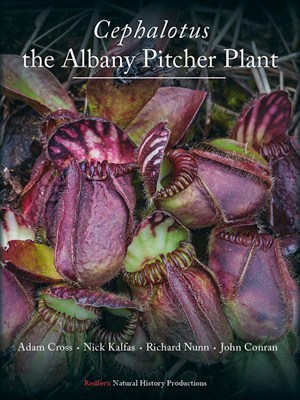

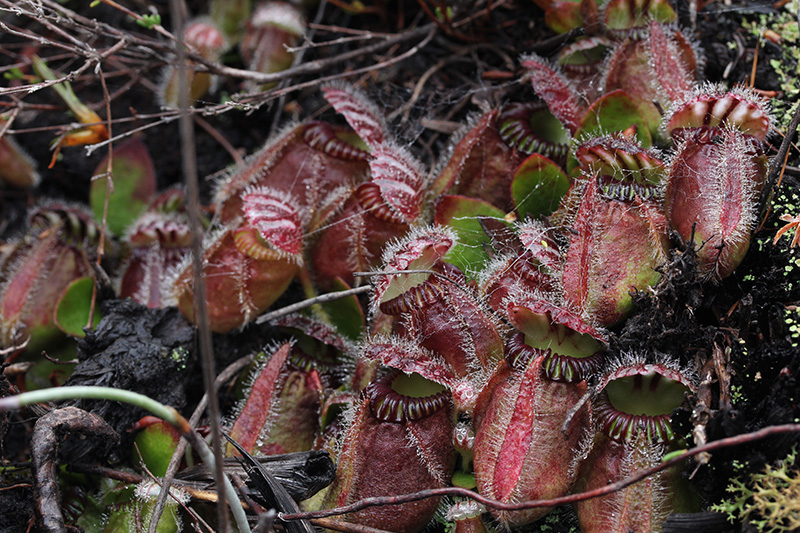
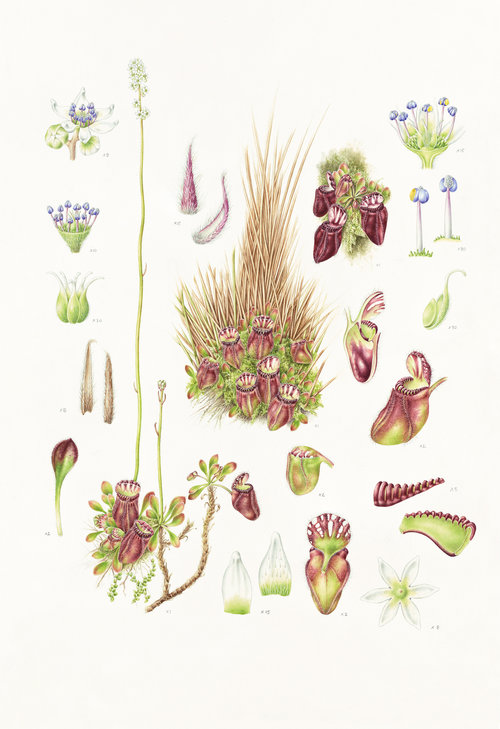

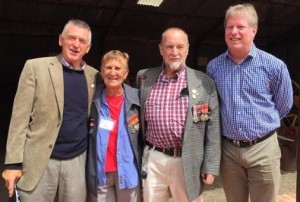
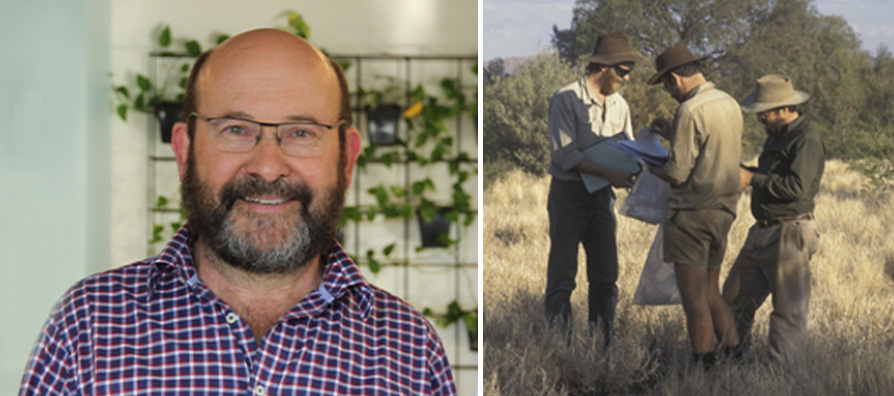
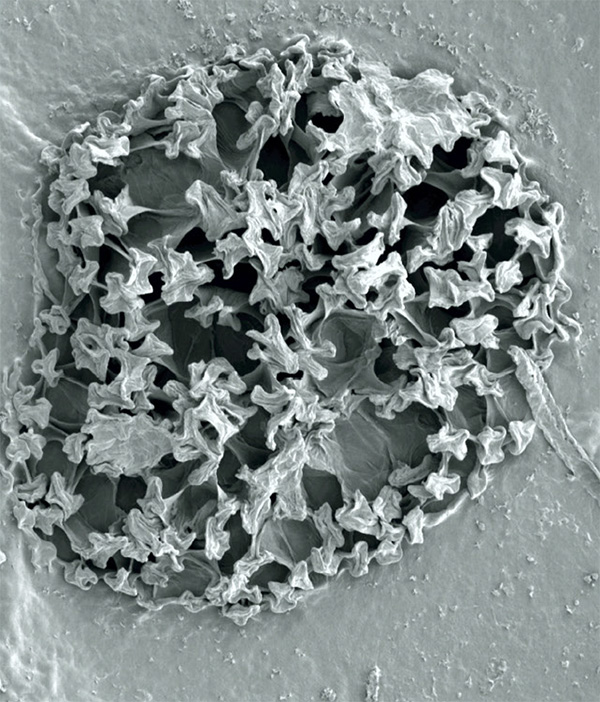
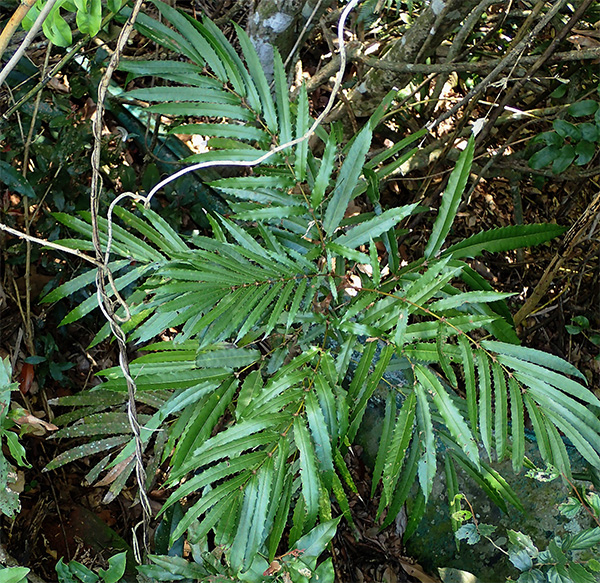
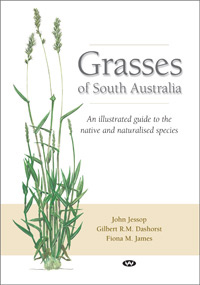 Several years ago, the
Several years ago, the 
You must be logged in to post a comment.